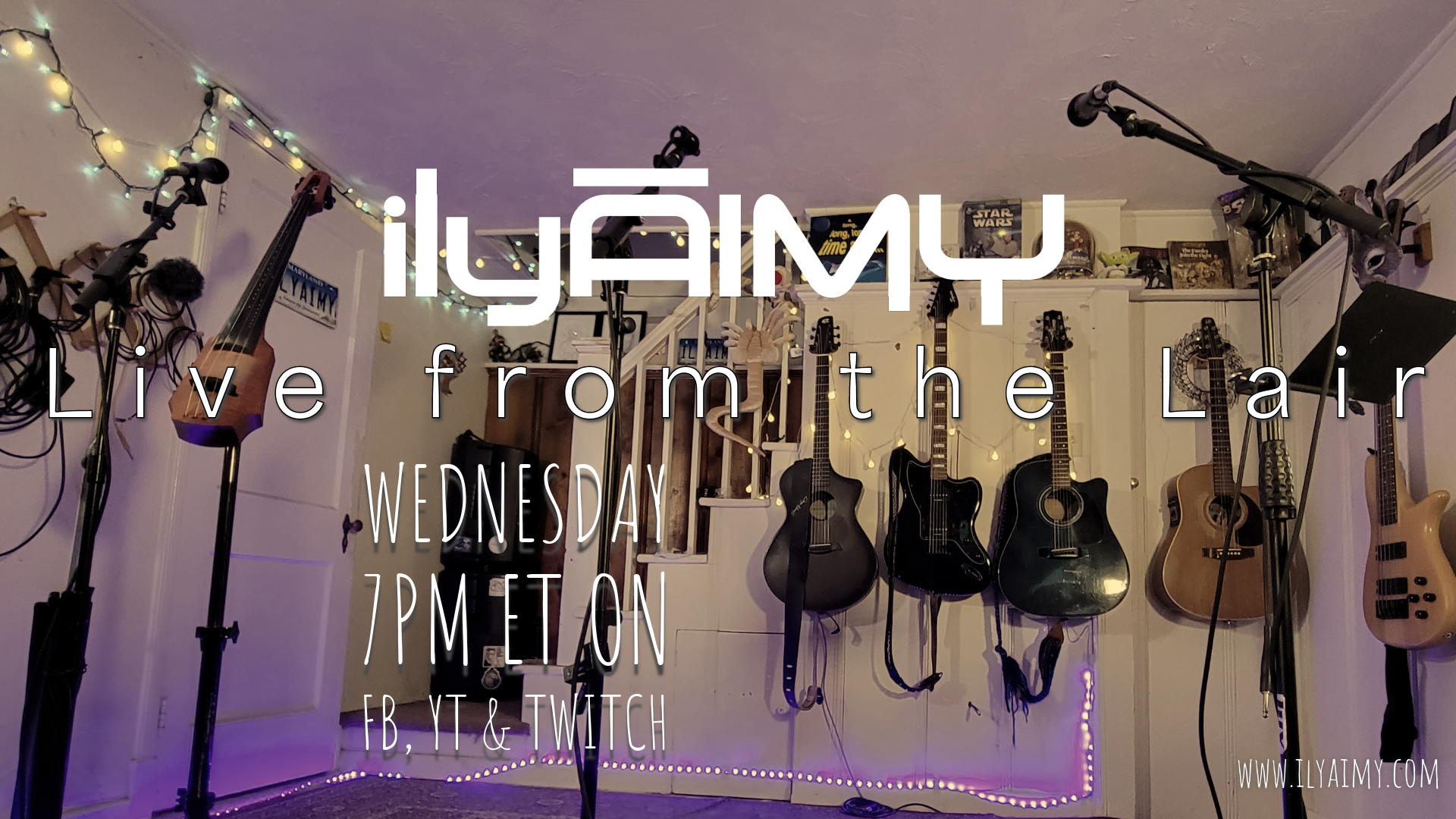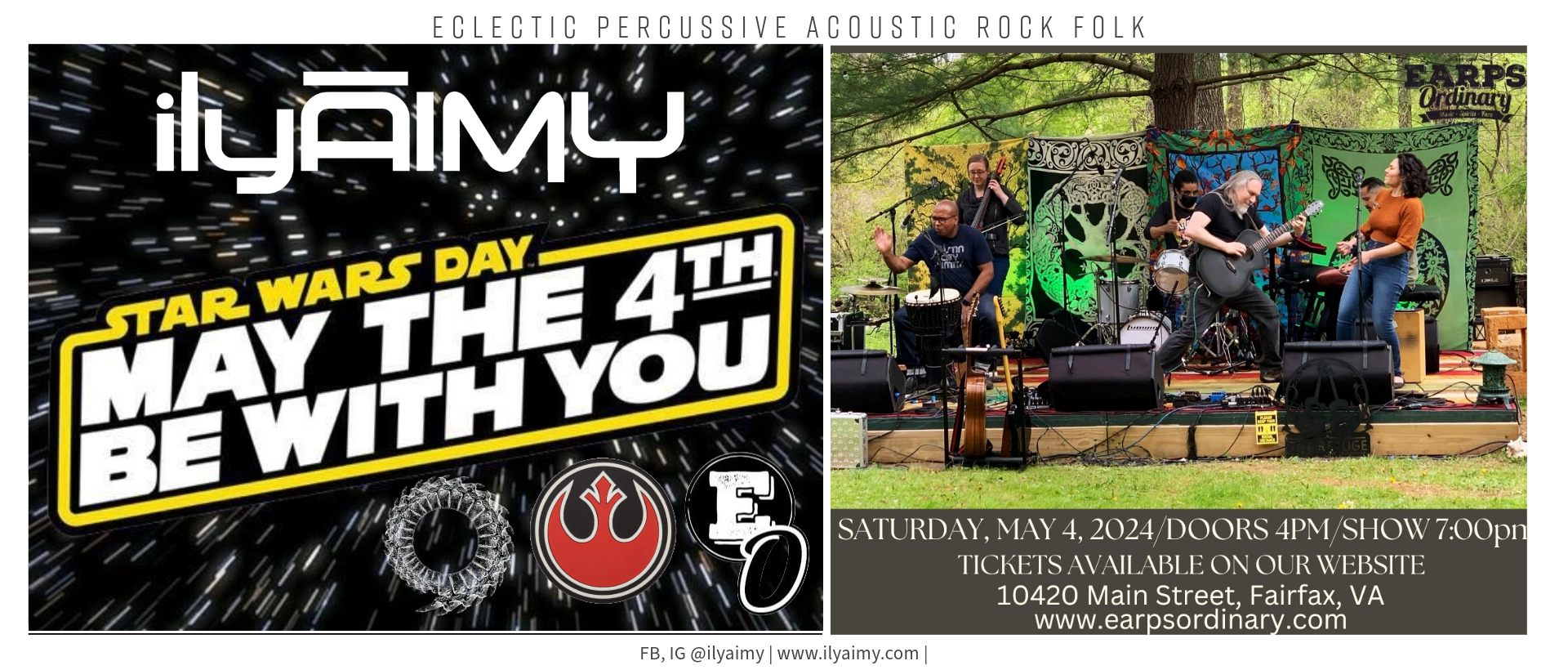I wanted to write about Tom and Diane and the amazing West Village Apartments when we came through Durham last week, but I am incredibly lazy and knew we’d be coming through again (and banked on the fact that rob would not take interest in the things I would and write about them first). J
The West Village Apartments of Durham are a series of one-time American

Tobacco Company warehouses, which I almost didn’t even need to be told. I am the child of weekend warriors, as I’ve said before, and I’ve watched my share of HGTV. One look at the ornate, sandy brick work, the massive beams in the unusually high ceilings, the industrial windows and the loft-style architecture of the apartments are all cues that these are converted warehouses.


All over America, in small Midwestern towns and sprawling east coast cities alike, I ache whenever I see an old building sitting vacant; unused, unappreciated, unrealized. I mean, people don’t build common, accessible things like this anymore (people carted tobacco leaves around this place and it has some of the most elaborate brickwork of any building I’ve ever seen), and we leave such structures to rot behind plywood and cinder block-covered windows. I appreciate that whoever got the bright idea to turn these into apartments understood that beauty lies at the heart of these kinds of conversions not in change, but in how the original character of the building is preserved. These more than century old buildings still have their metal awnings, their concrete, their steel plates, their rough-hewn post-and-beam construction, their bolts and their visible pipe and duct work. Their magnificent industrial quality has not been sacrificed to make them resemble apartments more, thus they are truly unique living spaces that do justice to the original intent of the architecture.


So that means when I get bored at dawn, when the first light creeps in to highlight and shadow the angles, I can lie in bed and stare in contemplation of the ceiling beams for a very long time. Each apartment is roughly the width of a comfortable Baltimore rowhouse, perhaps about 20 feet. Each beam is four inches thick and spans, unbroken, at least the entire width of the place. It could well be more, because the drywall that separates this from the apartment next door is a modern construction and doesn’t mean anything about the true beginnings and ends of these beams. They disappear into the next room. The beams are spaced parallel at twelve-inch intervals just below the underside of the diagonal wood flooring above, and between every beam are short crossbraces. All of the wood is a gently aged rust color. There is an incredibly thick, load-bearing beam of the same wood running the length of the apartment, and three or four thick, rough-hewn vertical beams holding that up. I’m looking at boards yielded from massive trees cut down a century ago. Are they fir … or could they even be redwood? Such grandeur for a tobacco warehouse!
I become obsessed, like journalists do, with finding out what the wood is. And like most searches for such knowledge, I wound up off in tangential areas: turn-of-the-century mill construction and the tobacco history of Durham. I learn a few interesting things as a result of these departures: the amazing brick work in these buildings is not just amazing to me. The masonry is acclaimed as some of the most detailed around. The “mouse-tooth” nomenclature should give you a pretty accurate idea of what it looks like. The other thing I learned was that tobacco was the life-blood of Durham in the early-to-mid 1900s. Washington Duke set up the American Tobacco Company and most of these warehouses before the company was broken up into smaller ones by the anti-trust legislation. The company’s most popular tobacco was Bull Durham, which made the city famous and gave it its nickname, the Bull City.
But if Duke’s name is familiar to you for another reason, it should be. His family endowed Trinity, now Duke, University just down the street here in Durham. Duke is so famous for its medical center these days that the city now goes by a different nickname. So that’s how the tobacco city became the “City of Medicine” in less than a century– all through the business of one man.

Tom and Diane, who put us up our overnight in Durham last week and arranged for our stay this week, live in one of these apartments. Diane smokes a lot out on the porch under the original “No Smoking” sign that hung there on the loading dock of the tobacco warehouse. The detail I note about their home is that it contains exactly 23 bookshelves. They are all full, and the volumes cover a great variety of subject matter. There is a shelf of poetry, books on wellness and Native Americans and computer programming languages, as well as old stand-bys like Gray’s Anatomy and college psyc texts. Rob notes that they have a complete collection of Douglas Adams’ works, including the lesser-known ones, which he knows means nothing to me but points out nonetheless. There are things adorning the walls you can only come by if you go to far away places to get them. Their apartment screams a bohemian affluence and a travel-earned worldliness that suggests they have never had children to hamper their wanderings. Turns out I am right about the travel and wrong about the childlessness. They have one 33-year-old son.

We know Tom and Diane because Diane knows Alex Colvin, the eccentric musician-poet I first encountered at the Year of The Rabbit open mic in Bowie. I know Alex in a context that rob does not, having run into him at the Baltimore poetry slam. This opens up a whole new understanding of his whacky personality. Hearing Alex’s poetry live and in person will tell you a lot about him. His verse is delightfully dirty-minded – full of dancing nude women and body parts and lush fanciful eroticism – and is read from under a hat and glasses and through a gleeful smile. But nothing about him or his poetry is vulgar. He is a cute dirty old man sort of guy.
I asked Diane how she came to know Alex, and this is the story that she told me: Around 1979 or 1980, she was working in Nashua, NH at a translation company called Rosetta Stone. A group of Moonies (the followers of The Rev. Moon) came in selling wind-up dogs, and Alex was with them. Diane bought one of the dogs and she and Alex got to talking and became friends. She saw him once more, some time later, when he visited her Baltimore hotel room to serenade Diane with his guitar. Apparently, they kept in touch, and Alex vouched for us when we were looking for a place to stay. The idea of Alex Colvin vouching for people as straight-laced and non-eccentric as rob and I cracks me up.
One of my great pleasures in life – aside from cherry Coke, puffy finches in winter and fine black drafting pens – is punting giant round mushrooms. It is a guiltless pleasure, because kicking them open actually spreads the spores, and it makes the most satisfying solid noise when you make contact. And because finding just the right kind of mushroom for this is so rare, it makes the pleasure that much greater when the opportunity presents itself. And if there are a lot of those mushrooms available, I still only allow myself to kick one.


Walking along the stone wall of Duke University, I saw my first (and second) bona fide faerie ring: mushrooms the size of my open palm gathered in a perfect circle. When I was little, I used to watch this cartoon about a boy who walked into such a ring, and the fungi turned into faeries and whisked him off to the faerie realm. I couldn’t resist going to stand inside of it, telling myself that nothing could happen because rob was watching.
Near one of the two rings we spotted, there was a different kind of mushroom from the tiny umbrellas that formed the circles. It was a big thick one, just like the ones I liked, and I kicked it with a delight far beyond what was warranted. But it really did make me so happy.



